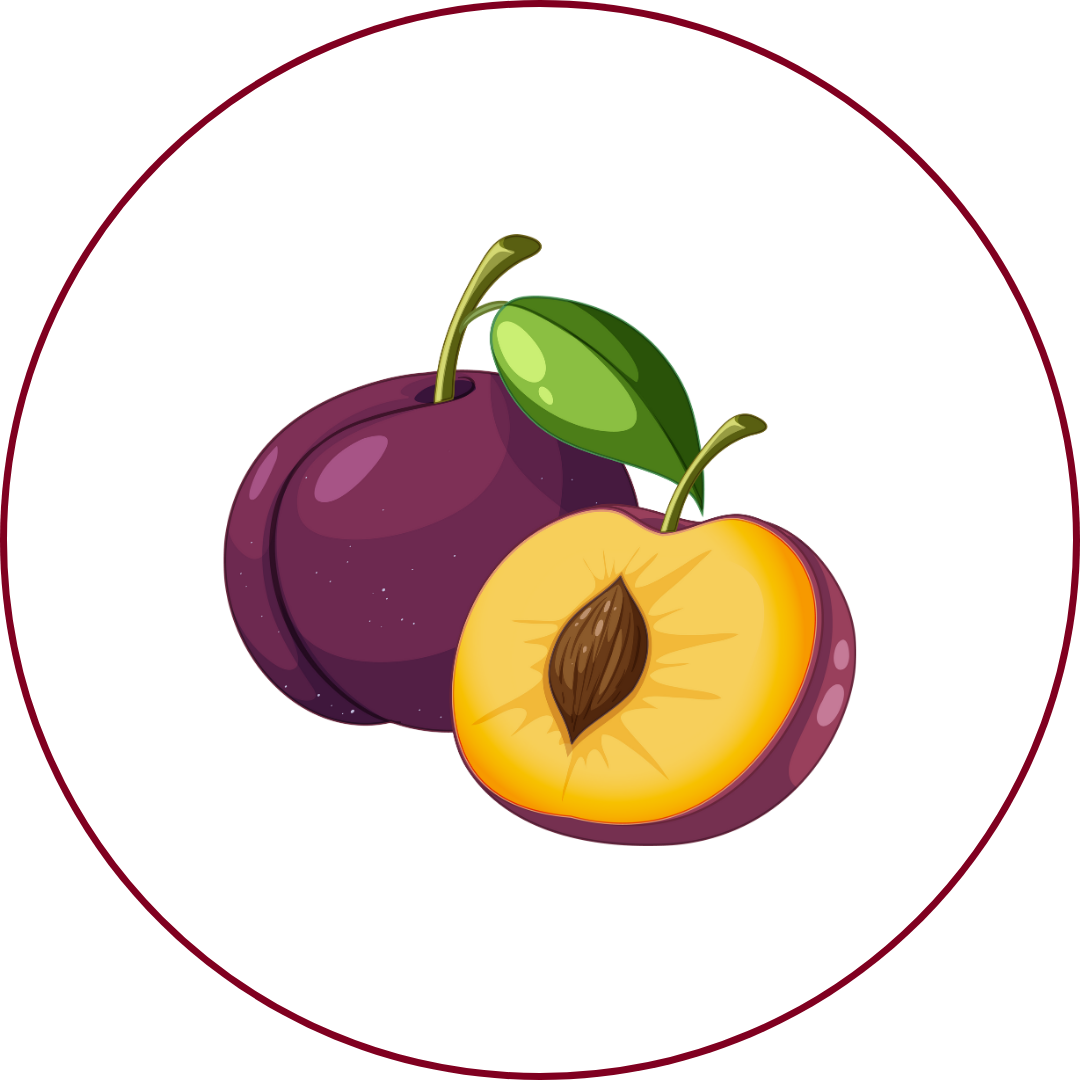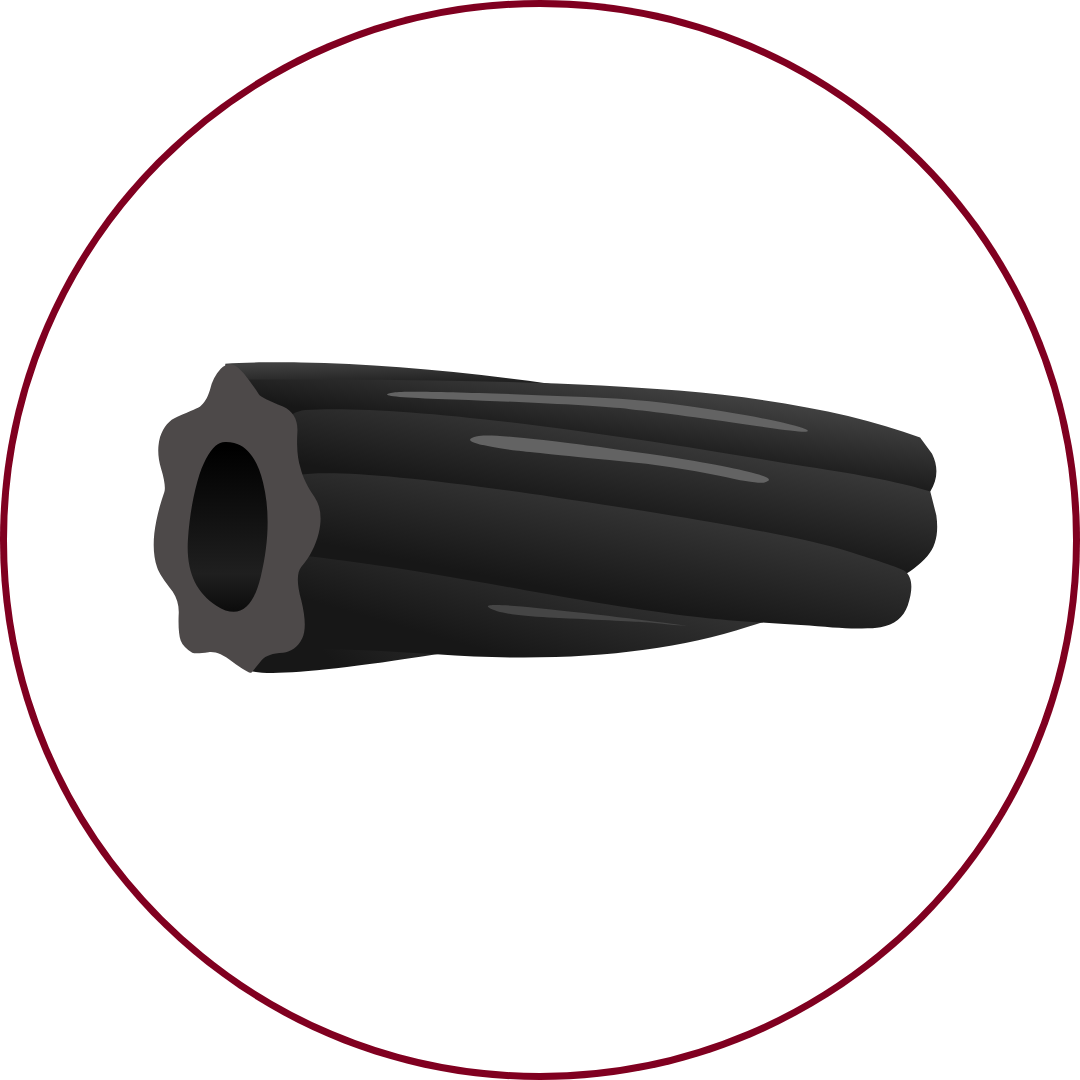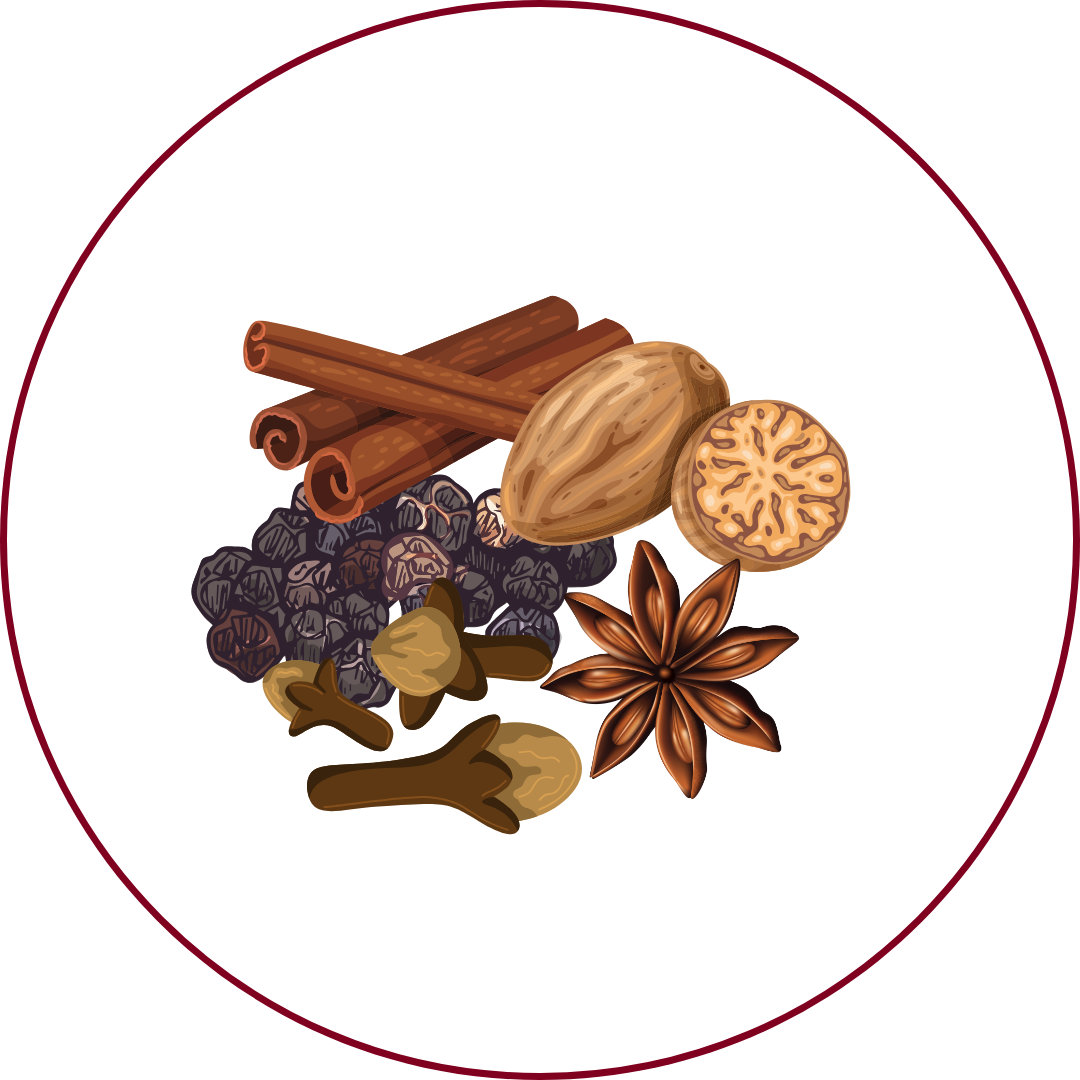Grape Variety
Uva-di-Troia
"OO-vah dee TROY-ah (NEH-roh dee TROY-ah)"
Wine Styles
 Sparkling
Sparkling Light White
Light White Full White
Full White Aromatic
Aromatic Rosé
Rosé Light Red
Light Red Medium Red
Medium Red Full Red
Full Red Dessert
DessertAbout Uva-di-Troia
Origin
Italy
History
Uva di Troia, also known as Nero di Troia, is an ancient red grape variety primarily cultivated in the Apulia (Puglia) region of southeastern Italy. The grape is named after the town of Troia in the province of Foggia, which, according to legend, was founded by the Greek hero Diomedes after the fall of ancient Troy. While its exact origins are uncertain, Uva di Troia has been a significant component of Apulian viticulture for centuries, contributing to the region's rich winemaking heritage.
Appearance
Medium-sized, thick-skinned, deep blue-black berries forming large, loosely packed clusters.
Growing Traits
Uva di Troia is a late-ripening variety that thrives in the hot, Mediterranean climate of Apulia. The grape's thick skins contribute to its deep color and tannic structure. It is adaptable to various soil types and exhibits good vigor and productivity. The vine is resistant to drought and can withstand the high temperatures typical of southern Italy.
Wine Characteristics
Body
4/5
Sweetness
1/5
Tannin
4/5
Acidity
3/5
Alcohol
4/5
Medium to full-bodied with a robust structure, offering depth and complexity. Typically vinified dry, though it can exhibit ripe fruit characteristics that impart a perception of sweetness. Moderate to high tannin levels, contributing to a firm and structured mouthfeel. Medium acidity, providing balance to its rich flavors and enhancing its aging potential. Moderate to high alcohol content, generally ranging from 12.5% to 14.5%, depending on the winemaking style and region.
Taste Profile

Blackberry

Plum

Licorice

Spice

Violet
Uva di Troia wines are characterized by their deep ruby color and complex aromatic profile. Common tasting notes include ripe blackberry and plum, complemented by nuances of licorice, spice, and floral hints of violet. The palate is typically dry, with moderate to high tannins and a balanced acidity, leading to a persistent finish. These wines often exhibit a harmonious blend of fruit and spice, making them both versatile and distinctive.
Food Pairing
Uva di Troia's robust structure and rich flavor profile make it an excellent companion for hearty dishes. It pairs well with roasted meats, game, and aged cheeses. The wine's tannins complement fatty cuts of meat, while its acidity balances rich, tomato-based sauces. Traditional Apulian dishes such as orecchiette with meat ragu or lamb stew are particularly well-suited to accompany Uva di Troia wines.
Growing Regions

Italy
Apulia (Puglia)Provinces of Barletta-Andria-TraniBariFoggia
Notable Wines & Producers
Castel del Monte Nero di Troia Riserva DOCG
Rivera
Torrevento
Rosso Barletta DOC
Cantina Sociale di Barletta
Cacc'e Mmitte di Lucera DOC
Cantina La Marchesa
Uva-di-Troia FAQ
Common questions about this grape variety
What is the origin of Uva-di-Troia?
+
Italy
Is Uva-di-Troia wine full bodied?
+
Uva-di-Troia has a body level of 4 out of 5. Which means that Uva-di-Troia is Moderate to Full bodied.
Is Uva-di-Troia wine dry or sweet?
+
Uva-di-Troia has a dryness level of 1 out of 5. Which means that Uva-di-Troia is Dry.
Where is Uva-di-Troia wine from?
+
Italy
Where is Uva-di-Troia grown?
+
Uva-di-Troia is grown in Italy (Apulia (Puglia), Provinces of Barletta-Andria-Trani, Bari, Foggia).
What is Uva-di-Troia like?
+
Uva di Troia wines are characterized by their deep ruby color and complex aromatic profile. Common tasting notes include ripe blackberry and plum, complemented by nuances of licorice, spice, and floral hints of violet. The palate is typically dry, with moderate to high tannins and a balanced acidity, leading to a persistent finish. These wines often exhibit a harmonious blend of fruit and spice, making them both versatile and distinctive.
What does Uva-di-Troia pair with?
+
Uva di Troia's robust structure and rich flavor profile make it an excellent companion for hearty dishes. It pairs well with roasted meats, game, and aged cheeses. The wine's tannins complement fatty cuts of meat, while its acidity balances rich, tomato-based sauces. Traditional Apulian dishes such as orecchiette with meat ragu or lamb stew are particularly well-suited to accompany Uva di Troia wines.
What does Uva-di-Troia taste like?
+
Uva di Troia wines are characterized by their deep ruby color and complex aromatic profile. Common tasting notes include ripe blackberry and plum, complemented by nuances of licorice, spice, and floral hints of violet. The palate is typically dry, with moderate to high tannins and a balanced acidity, leading to a persistent finish. These wines often exhibit a harmonious blend of fruit and spice, making them both versatile and distinctive.
Take Uva-di-Troia Knowledge with You
Access detailed grape profiles, tasting notes, and pairing suggestions on your iPhone.
Download on theApp Store